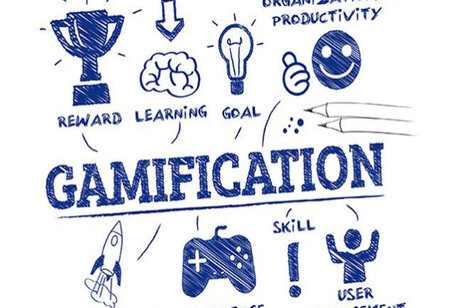The growing impact of gamification in education
 Education has come a long way over the last couple of decades. The rapid penetration of technology coupled with the increasing pace of our day to day lives have pushed educators to innovate and evolve with the changing times. Gamification in education is the new buzzword in the global education stratum and the impact of gamification in higher education has been very positive. So, in this article, we will take a closer look at the benefits of gamification in education, as well as, the effectiveness of gamification for students.
Education has come a long way over the last couple of decades. The rapid penetration of technology coupled with the increasing pace of our day to day lives have pushed educators to innovate and evolve with the changing times. Gamification in education is the new buzzword in the global education stratum and the impact of gamification in higher education has been very positive. So, in this article, we will take a closer look at the benefits of gamification in education, as well as, the effectiveness of gamification for students.
1. Fun and Interactive Learning
The first and foremost thing that many would identify as a drawback of traditional teaching styles is their monotonous nature with very little interaction taking place. While this type of education would have worked a couple of decades back, many pioneering educators have found that, the more interactive learning is, the more students will be interested in it.
Other than that, gamification of education can also help students to feel like learning is a fun aspect which will pique their interest and curiosity. Also, owing to the diverse nature of gaming, educators can use different games to make education more fun as well as fresh for the students which will improve the effectiveness of education.
2. Addiction to Learning
There are many types of addiction in this world with many of them being bad and a waste of your time. With that said, if you are addicted to learning, you will be able to open yourself to learn about new things and having this passion to learn new things will help you to not only get good grades but it will also help you to develop into a passionate learner.
In the fast-moving world we are living in right now, if you are not able to learn and re-invent yourself constantly, then you might be left behind the rest. Games will not only make learning a much more fun and addictive activity but it will also help the students to retain more knowledge as they are learning things in a much more fun way. So, using gaming, educators can make learning addictive and help students do better when it comes to their studies.
3. Exposing Students to Real-world Applications
Yet another important advantage of gamification of education is that gaming allows educators to expose the students to a plethora of real-world scenarios. Offering them a hands-on experience about things that they might encounter in real-life will also help the students to be equipped with the needed skills required to thrive in the modern world. Also, this will give them the opportunity to apply the concepts that they have learned in real-life scenarios, see its results and get excited to learn more.
4. Feedback Loop
As mentioned before, most of the traditional educational styles are monotonous and is like a one-way communication. This is not the most effective ways of teaching and as it is dated, it is important to look at new and innovative ways of teaching. Gamification is one such method where students can not only interact in a much better way but they also have the opportunity to get real-time feedback which is crucial to have effective education. This constant feedback will also allow the students to identify their mistakes/weaknesses and improve on those aspects.
5. Enhancing the Learning Experience
The most important aspect when it comes to gamification of learning is that, it enhances the overall learning experience of the students and that is something which is very hard to achieve. By making education fun and interactive, gamification will help students to be more interested in learning and making it an engaging experience.

